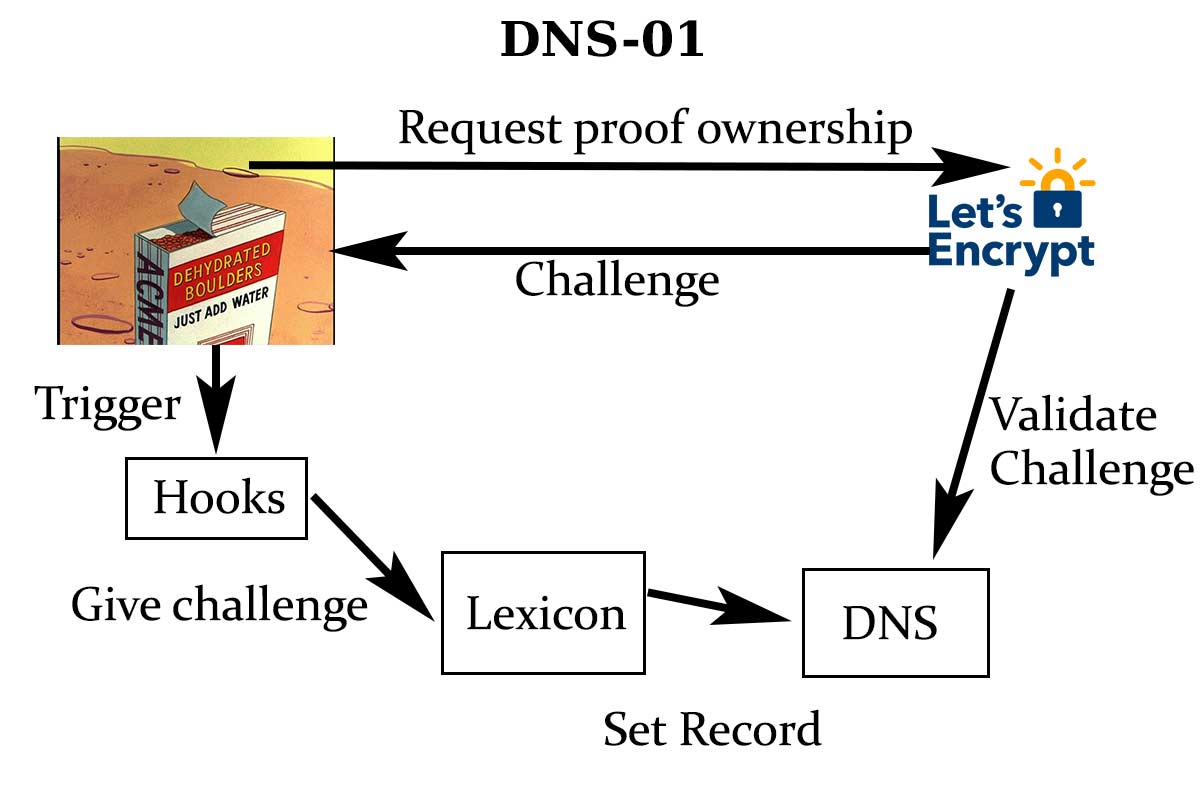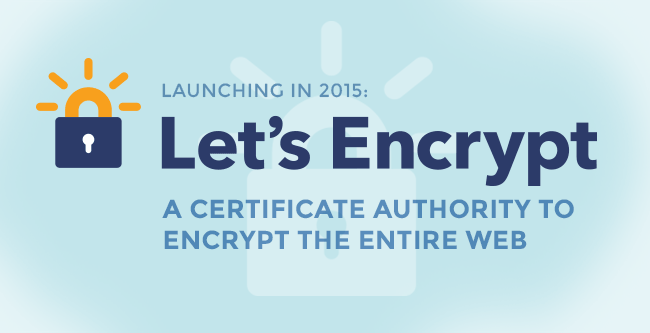Tag nginx
CrowdSec I decided to replace my good old fail2ban by CrowdSec. A nice crowd-sourced alternative where the ban don’t just come from your machine, but from the rest of the user of the application. It has so many advantages when… Continue Reading →
If you’re looking for an easy setup, checkout my review of NextDNS: DoT and DoH provider for easy ADBlocking. Introduction Traditional DNS queries and responses are sent over UDP or TCP without encryption. This is vulnerable to eavesdropping and spoofing… Continue Reading →
In my previous guide on dehydrated, the bash client for let’s encrypt, I’ve only touched on the DNS-01 feature. Upon further investigation and usage of said feature I give you this guide. DNS-01 DNS-01 is another type of verification of… Continue Reading →
Dehydrated was firstly known as letsencrypt.sh but because letsencrypt is a trademark, they decided to rename the project, but keep the excellent features. Purpose If you’re already familiar with let’s encrypt and the ACME protocol, you can go directly to… Continue Reading →
At work, I’m working on a reply-to system. Letting our user answer to email and treat those replies as messages in a thread. This feature is available on a lot of platform like GitHub, GitLab, etc … nothing new. We… Continue Reading →
I went through my google analytic log and updated the referrer blacklist for Nginx. As before, it’s available as a gist on GitHub.
I’ve been playing around with let’s encrypt and the official client available on github. I have to admit the client is great to automatize the process and with some tweaking can be also applied to nginx. But it’s slow and… Continue Reading →
I subscribed to the beta of let’s encrypt because I truly do think we need to have an easy way to generate and keep updated ssl certification for any usage not only e-commerce. As you can see in your browser, the… Continue Reading →
In the last revision of transmission, I couldn’t get the user/password for the RPC of transmission work. To resolve this problem, I decided to use Nginx as reverse proxy to provide an SSL connection and also a way to secure… Continue Reading →
With the release of the version 2.0.2 of LibreSSL I wanted to use it on one of my Nginx server to see if it’s possible to make them work together. After all OpenBSD’s dev said that it’s a “drop-in” replacement.








